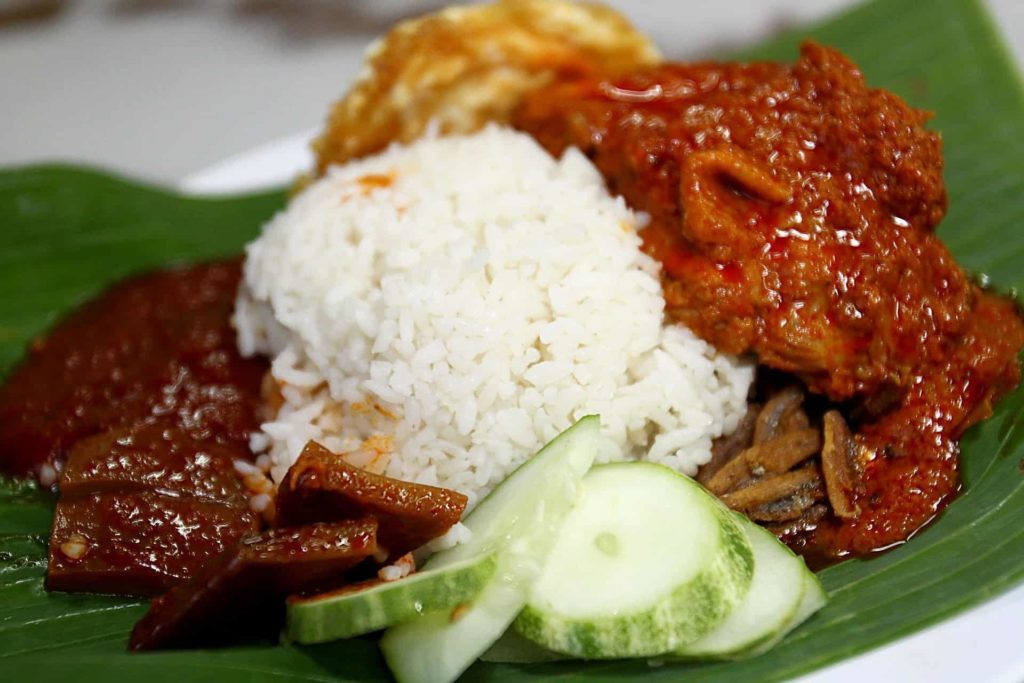Is Malaysian food spicy? What dishes should you try?
You might often hear that Malaysian cuisine doesn’t get the recognition it deserves but it’s strong, aromatic, and spicy. Malaysians take pride in their food, but foreign tourists are often concerned if they can take its spiciness.
In general, Malaysian food will often leave a person sweating because of the extra level of spiciness they will taste.
Many local dishes in Malaysia are influenced by the culture of its neighboring counties, so Malaysian food is bursting with flavors and spices, and several of them are particularly spicy.
Find out what makes Malaysian food spicy and know which dishes you should try when you’re in the country!
An Overview of Malaysian Cuisine
Malaysian food is best recommended for those who want to experience a thrilling food adventure and for those who love spicy dishes.
You might find that several dishes in Malaysia have a kick to them and might make your tongue numb, but it will leave you wanting more. They’re tasty because they have intense flavors.
Aside from rice, Malaysian food is also made mostly of fish and other seafood, meat, and vegetables.
They’re also often marinated with ingredients like curry, coconut, lemongrass, and local herbs and spices like cumin, coriander, and turmeric.
Additionally, Malaysians usually use several spices (at least 10) when preparing every dish. They also use different kinds of sauces, like ginseng sauce, Peranakan sauce, sambal sauce, belacan sauce, and mint sauce.
All of these give the local dishes fragrance, complex flavor, bright color, and even spicy taste.
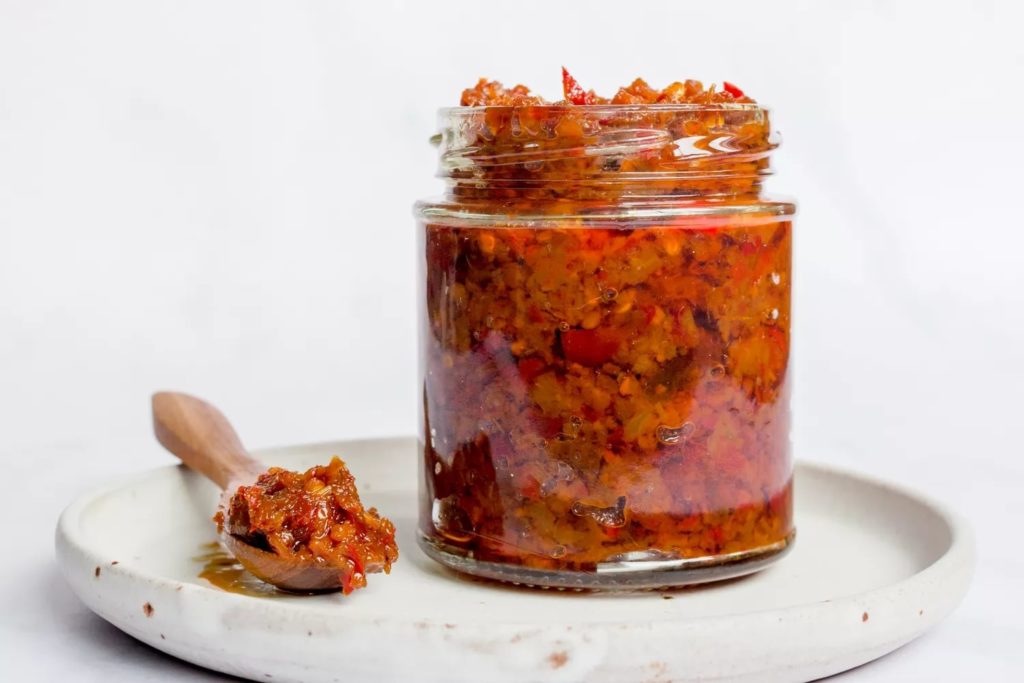
Moreover, chili is also a staple in Malaysian food. In case you find one that’s not chili-hot, the chili sambal sauce is always readily available anywhere you go.
Furthermore, a large part of the population in Malaysia is made up of Muslims and they’re known for having spicy and strong flavors. It’s another reason why Malaysian food is commonly spicy.
Likewise, each region in Malaysia is also influenced by different cuisines and cooking styles. For example, the northern region has Thai influences, while the central and southern regions are influenced by Indonesian and Indian cuisines.
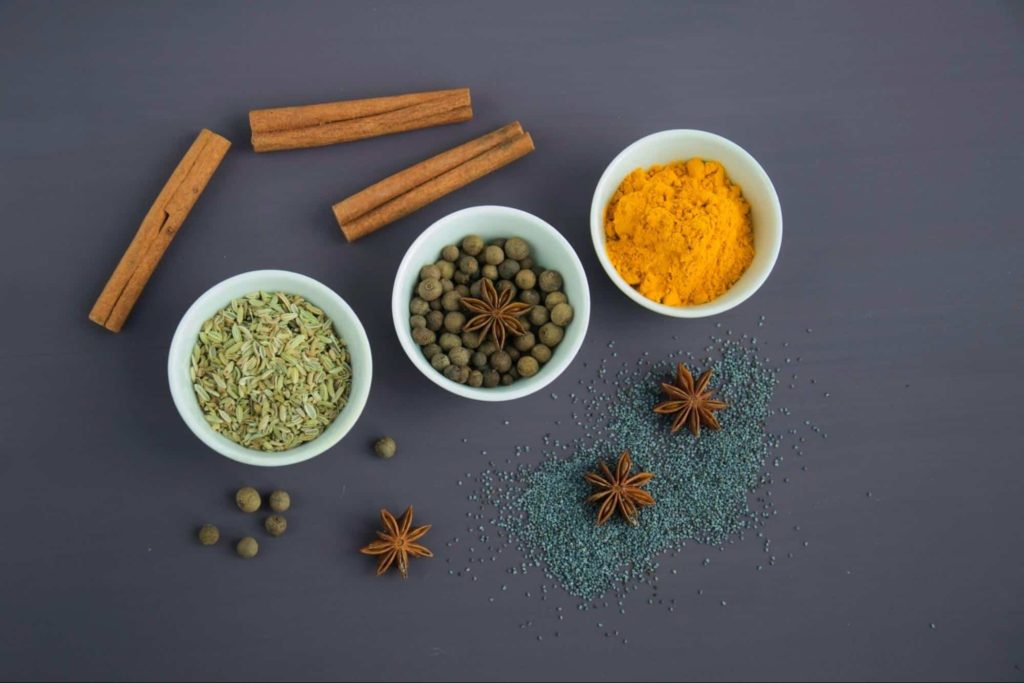
Cuisines that Influenced Malaysian Food
Malaysia’s population is largely composed of three races, namely, the Malays, Chinese, and Southern Indians, in addition to the indigenous tribes in the country. Because of this, Malaysia has a diverse local food scene.
Nevertheless, Malaysia is also a melting pot of cuisines from other cuisines, the fusion of which made Malaysian food interesting, unique, and flavorful.
Malaysians adopted flavors and cooking techniques from trading with other countries centuries ago. These influences still remain dominant in the local cuisine today because of the combination of spices in their dishes.
As a matter of fact, Malaysia is famous for having a wide variety of spices. Since it was located on the Silk Road, it was a known trading stop and its spice industry became more developed.
Thai, Chinese, and Indian cooking styles like stir-frying, deep-frying, and braising dishes are also rampant in Malaysian cuisine.
Moreover, you’ll get a taste of Malaysia’s rich history and culture when you have a bite of its local dishes.
These are some of the major cuisines that have major influences on Malaysian food:
Malay
Malay dishes mainly use herbs and spices from the Southeast Asia region, so they’re aromatic and they tend to be spicy.
Because the Malays are originally seafarers, their dishes usually have seafood like squid, crab, prawn and shrimp, and fish. These are also mixed with local spices and herbs.
One of the influences of Malay cuisine is that it’s often cooked slowly and laid back. This brings out the savory flavors in the dishes.
The spicy sambal sauce also originated from the Malay and it’s now a must-have condiment in every Malaysian household as it’s an essential ingredient and dip.
Some of the traditional cooking techniques from the Malay used in Malaysia are:
- Celur – blanching in hot water
- Jerang – boiling, for soups
- Layur – dry cooking in low heat
- Reneh – simmering
- Sala – smoking, grilling, or roasting
- Sangai – slow frying with dried spices
- Tanak – cooking in a pot
- Tumis – frying with a small amount of oil
Furthermore, major herbs and spices used in Malay dishes include lemongrass, shallots, ginger, bird’s eye chili, turmeric, fennel, cumin, coriander, and cardamom. This is why their dishes are piquant.
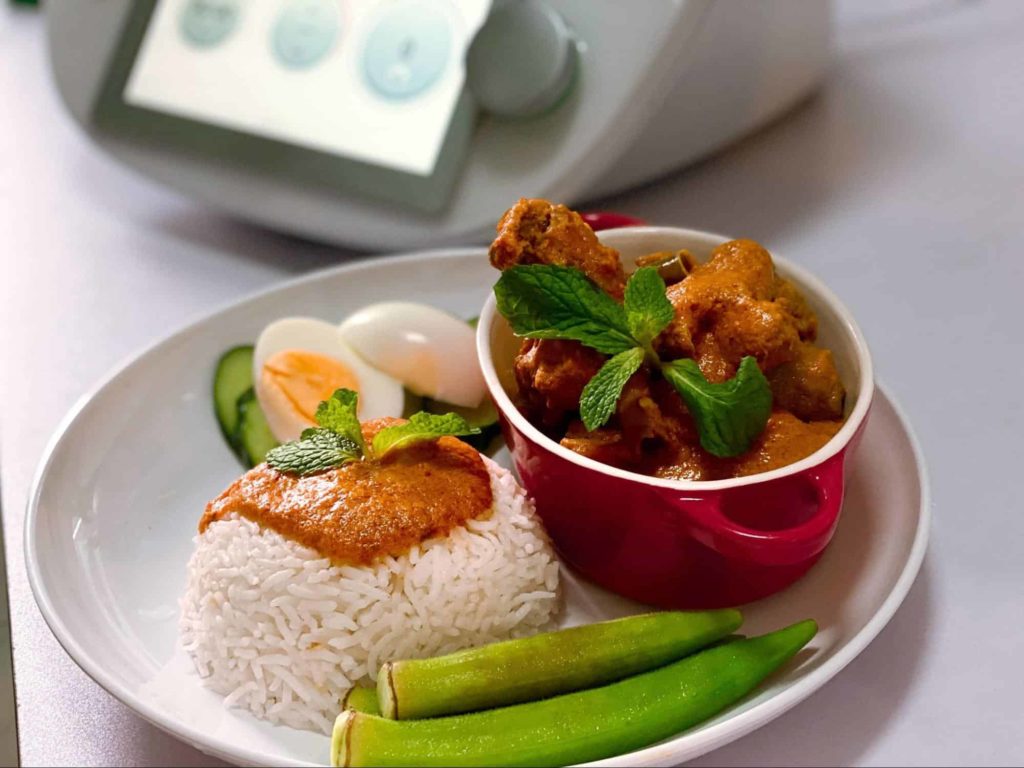
Chinese
The influence of Chinese cuisine in Malaysia goes as far back as the 1400s from the Chinese traders who moved into Malaysia. They brought with them interesting recipes from home which are now large parts of Malaysian cuisine.
For example, the love of the Chinese for noodles influenced the wide array of noodle dishes in Malaysia. Many Malaysian vegetable dishes with broth also come from the Chinese.
Additionally, the famous Hainanese chicken rice in Malaysia was also locally adapted from the Chinese. The local twist in this dish is that they added more spices and grilled the meat, instead of poaching.
Even if Malaysians love spicy food, they’re also fond of non-spicy dishes from Chinese cuisine, but they still serve some food with chili sauce on the side for dipping.
Traditional Chinese cooking techniques are also used widely by Malaysians when preparing their food, like steaming, roasting, braising, and stir-frying.
Plus, Malaysians also developed exclusive Chinese recipes that you can’t find in China. It’s because of the local herbs, spices, and sauces which make Malaysian Chinese dishes taste richer.
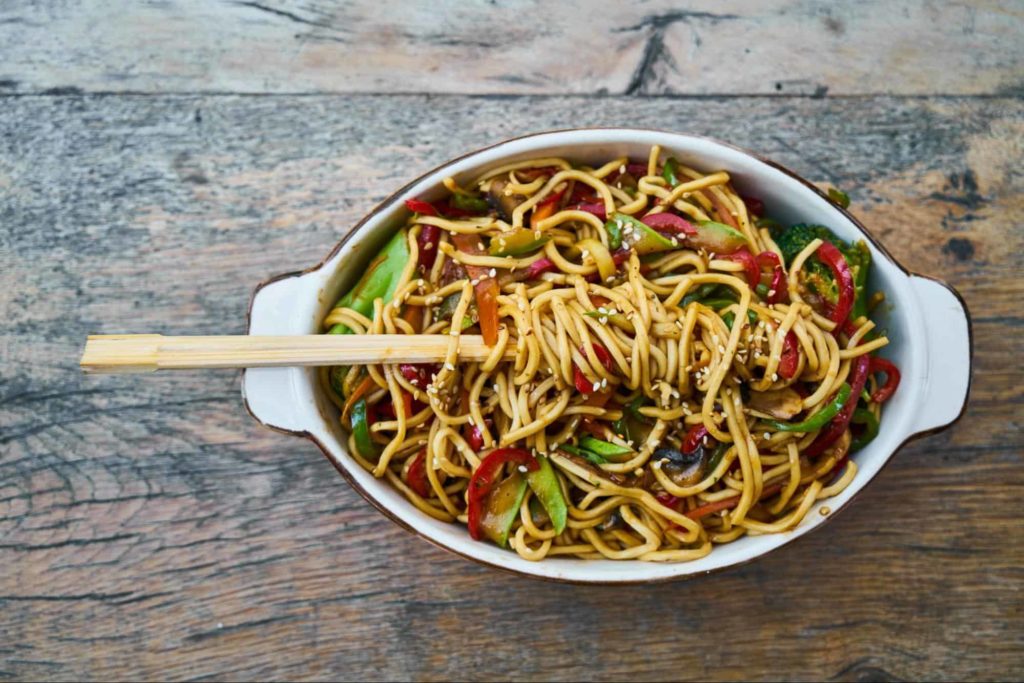
Indian
During the British colonization, South Indians were brought into Malaysia to work on rubber estates. Because of this, the Indians also contributed to Malaysia’s local food scene.
Indian food is also known for using lots of spices and some of them are hot and spicy. Because of the shared love of Malaysians and Indians for spicy dishes, it’s easy to see why Malaysians quickly adapted Indian dishes into their local cuisine.
One of the prominent influences of the Indians in Malaysian cuisine is cooking by frying spices in oil to get an extra flavor to the dish. Likewise, Indian ingredients like okra, brown mustard, and curry leaves are also dominant in Malaysian dishes today.
Spicy Indian curries are also popular among locals in Malaysia, so much so that there are now authentic Indian-Malaysian curries that they indulge in. These are made of curry powder composed of turmeric, spicy powder, coriander, and cumin, among others.
Curries in Malaysia also usually have mild, medium, or hot options,
Likewise, roti canai, another popular dish in Malaysia, came from the Indians. However, Malaysians usually serve it with spicy sauce on the side.
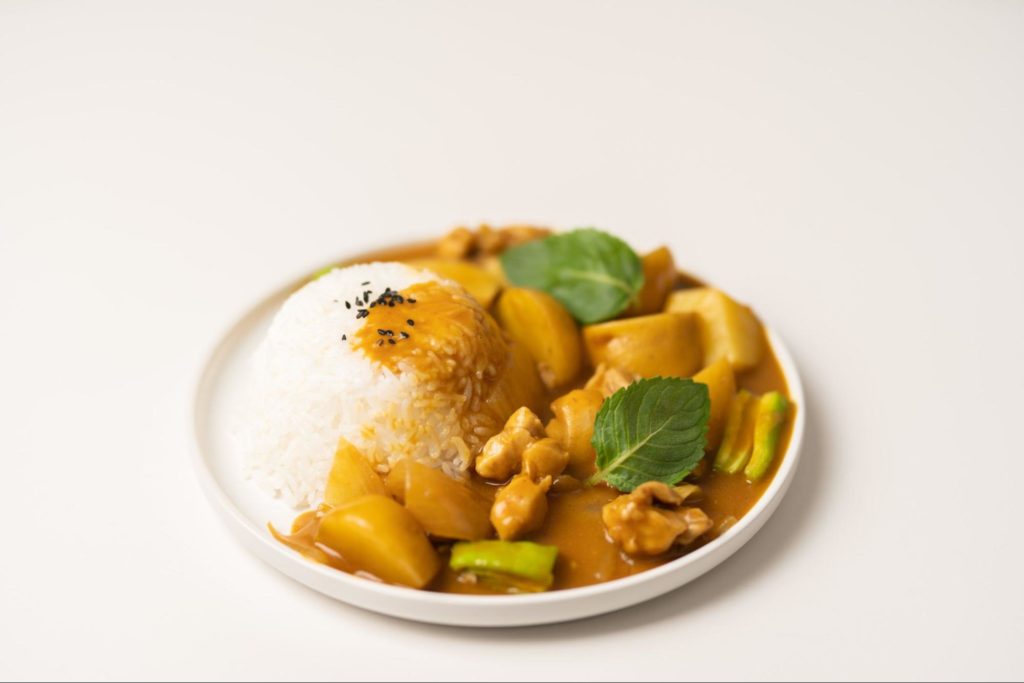
Thai
Thailand has a strong influence on the food in the northern region of Malaysia because of the migration to the south of some Thai people. This means that food in northern Malaysia has more sweet and sour flavors, rather than spicy ones.
In addition, Thai and Malaysian cuisines both use the same spices and herbs, and food from both cuisines somehow tastes the same.
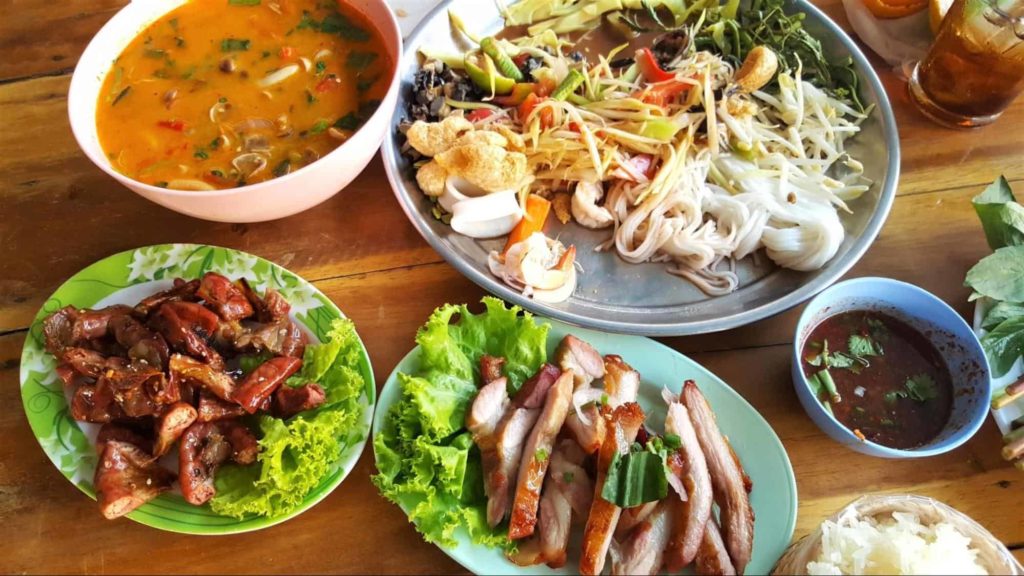
12 Spicy Malaysian Food that You Should Try
1. Rendang
Rendang is one of the most famous dishes in Malaysia. It’s an aromatic spicy beef dish with a nutty and creamy stew as it’s cooked with coconut milk and chili, among other spices.
Because it’s cooked slowly in curry paste, it’s rich in flavors and the meat will melt in your mouth.
It was originally served on ceremonial or festive occasions to honor guests but it’s now available in every restaurant you can find in Malaysia.
2. Curry Laksa
Laksa is a popular noodle dish in Malaysia. There are different types of this dish, and one of the spiciest variations of this is curry laksa.
It’s made of rice noodles with cucumber and fish balls. Meat options for this noodle dish usually include chicken, shrimp, or tofu.
Curry laksa also has spicy broth which is rich in flavors because it has coconut milk, rempah, turmeric, chili peppers, belacan, and lemongrass.
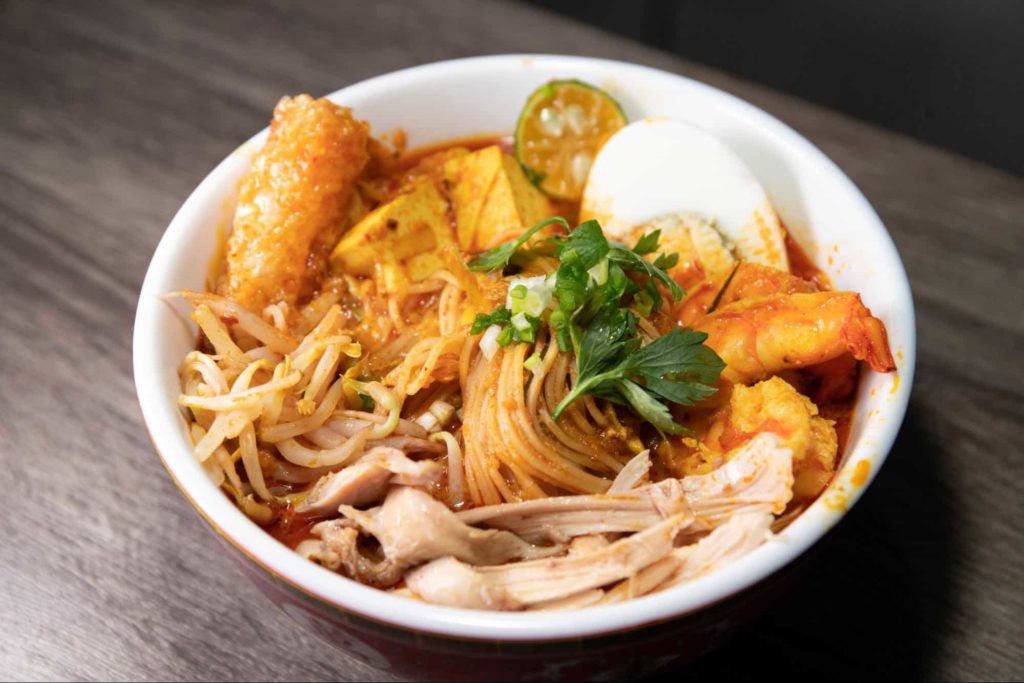
3. Asam Laksa
Another popular type of laksa in Malaysia is asam laksa, a traditional fish-based rice noodle dish that’s considered a signature dish in Penang.
Aside from shredded white flakey fish, this could also be served with prawn or shrimp, or chicken.
Asam laksa is also famous for having a distinct sour and spicy taste. However, you’ll also get to taste other flavors in just one bowl of asam laksa like saltiness and umami.
It’s because there are several spices used in this soup, such as spicy chili paste, red chili peppers, torch ginger, and asam gelugor (dried tamarind skin).
It also has other spices like coriander, lemongrass, galangal, and mint that bring out other tangy flavors in the soup.
You could also choose different toppings or side dishes for this like lettuce, cucumber, pineapple, and onion. Some would even add lime and shrimp paste when serving asam laksa.

4. Curry Noodles
Curry mee, the Malaysian curry noodle, is another spicy noodle dish in Malaysia that tourists should definitely have a taste of. It’s usually made with yellow noodles or rice vermicelli and mixed with coconut milk, herbs, and sambal or other chili paste.
Some restaurants serve curry mee with boiled eggs, chicken, prawn, fish, or tofu. It’s also accompanied by bean sprouts and green beans.
You would encounter a spicier version of curry mee in Perak, but it’s drier.
Nasi Dagang
One of the most iconic dishes in Malaysia, Nasi Dagang is a rice dish mixed with various spices and coconut milk. It’s usually served with meat and vegetables.
Nasi Dagang is usually served in the mornings, but it’s available any time of the day in different restaurants in Malaysia.
Other people ask for extra chili sauce when they order Nasi Dagang because they prefer how it pairs with the coconut flavor of the soup.
5. Mee Goreng Mamak
Mee goreng mamak is a popular stir-fry noodle dish with a versatile spicy flavor that comes from chili paste and chili peppers.
The combination of fish cakes, chicken, and prawns make this dish protein-rich. Meanwhile, it has rich flavors that come from tomato sauce, curry spice, and sweet soy sauce.
You can easily find this from street vendors to fancy restaurants. It’s also available even in roti canai eateries as they go well together.
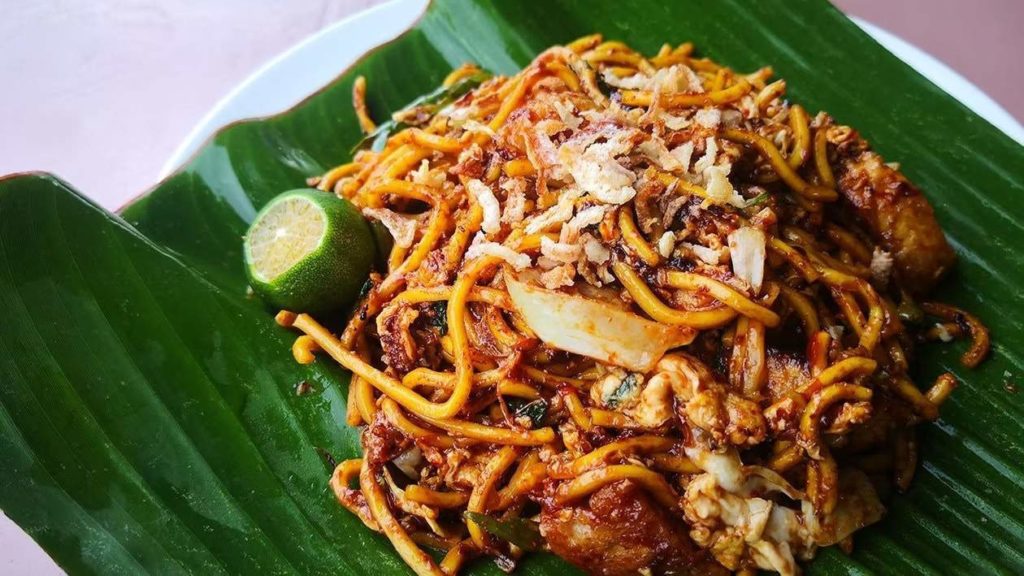
6. Mee Rebus
Mee rebus is another spicy noodle dish. It’s so popular that you can even find it on food stalls along the streets.
It has rich spicy flavors brought by rempah (a chili spice paste), calamansi, and sliced lime or soy sauce on the side.
It’s cooked with yellow noodles mixed with sweet potato, tomato, and bean sprouts, as well as fried tofu, shrimp, and sliced egg on top. Sometimes, Malaysians also add mashed potatoes to thicken the soup.
7. Kari Ayam
Kari ayam is a well-known chicken curry dish in Malaysia that’s usually served with rice. It has a spicy kick because of cumin, turmeric, chili, and curry leaves.
Malaysians cook this in a clay pot because this brings out the curry and spicy flavor from its coconut milk juice, especially when they add pandan leaves and lemongrass. Garnishing it with lime juice and fresh coriander also adds tanginess.
8. Asam Pedas
Asam pedas is a spicy fish dish served with rice. Every tourist should try this when they’re in Malaysia to experience its sour and spicy taste brought by the combination of tamarind fruit juice and chili paste.
It’s also cooked slowly with okra, tomatoes, belacan, and several seasonings, so its broth has a zesty kick.

9. Ayam Masak Lemak Cili Api
It’s one of the top spicy dishes in Malaysia that you should try. When translated, it literally means chicken coconut curry with bird’s eye chilis.
It’s cooked with turmeric, lime juice, coconut milk, and chili peppers, which means it’s rich in flavors. Aside from chicken, it can also be prepared with fish, beef, or seafood.
This vibrant yellow curry is renowned in Negeri Sembilan but you can also find it in other parts of Malaysia. The common characteristic among them is the creamy and spicy broth.
It’s also commonly served with rice, sambal, and raw vegetables on the side.
10. Ayam Penyet
Ayam Penyet is a spicy Indonesian dish that’s famous among Malaysians because of its sweet and spicy flavors. You can easily find this anywhere when you’re in Malaysia.
This spicy food is usually served with chicken thighs and cooked with salam leaves or curry leaves, galangal, lemon basil, shrimp paste, and ginger root.
Its spicy kick comes from the red chili peppers that are also added to the sauce and sambal coating on the chicken.
11. Nasi Goreng
Nasi goreng is a fried rice dish usually served at breakfast but it can also be served during lunch or dinner.
It’s cooked with leftover rice mixed with chili, lime or tamarind, kecap manis, and garlic. It could be served with egg, chicken, or prawn on top.
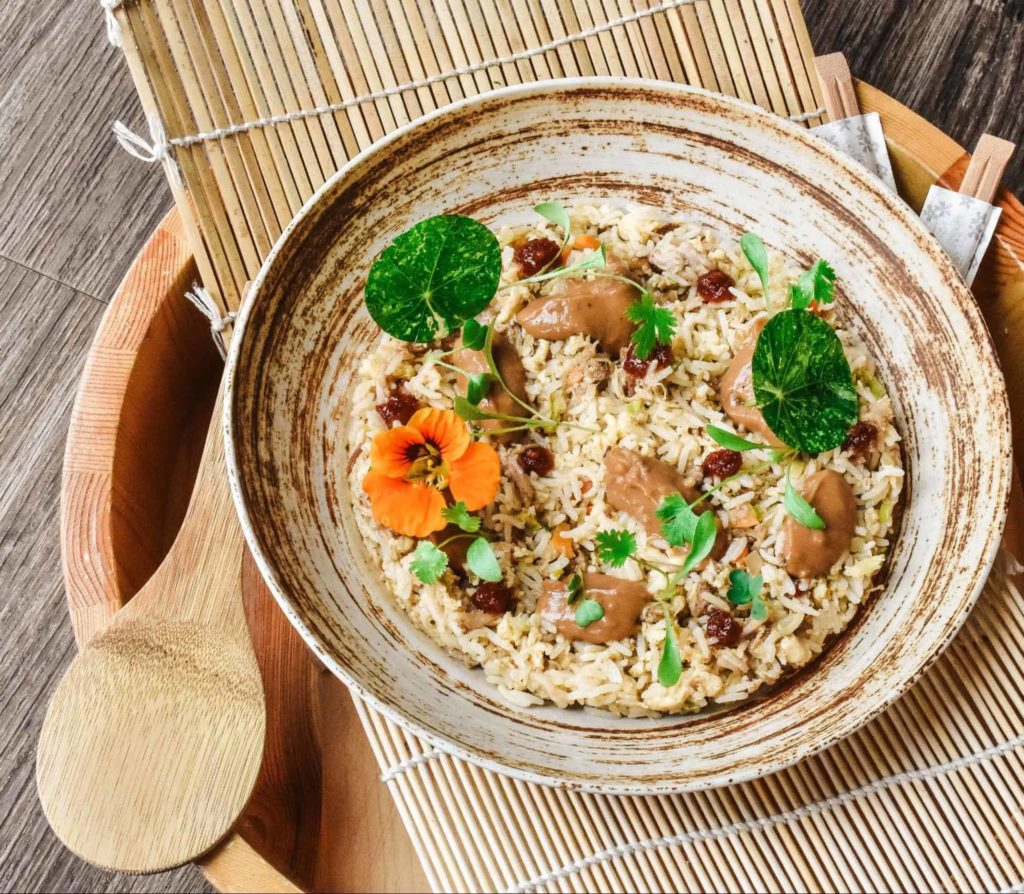
12. Ayam Masak Merah
It’s another popular dish in Malaysia that tourists will love because of its rich spicy sauce. Sometimes it’s cooked with coconut milk to make the sauce extra creamy.
The chicken in this dish is fried first and it will be simmered in a sauce made of tomatoes, chili peppers, and spices like cloves, cardamom, and galangal.
This is best served with rice and salad on the side.
Non-Spicy Dishes to Try in Malaysia
While most might think that Malaysian food is extremely spicy, it actually tastes milder than you’d imagine. Plus, Malaysians also appreciate other flavors, so you would find non-spicy dishes anywhere you go.
You can always get a good recommendation from the locals about non-spicy food if you’re not up to getting sweaty while dining. Some of the most famous dishes in Malaysia you wouldn’t have to worry about being spicy are:
- Pan mee
- Nasi lemak
- Wonton mee
- Hainanese chicken rice
- Masala dosa
- Yong tau foo
Furthermore, there are plenty of dishes to choose from in Malaysian restaurants, eateries, or hawker stalls where chili sauce or spicy dips are served on the side.
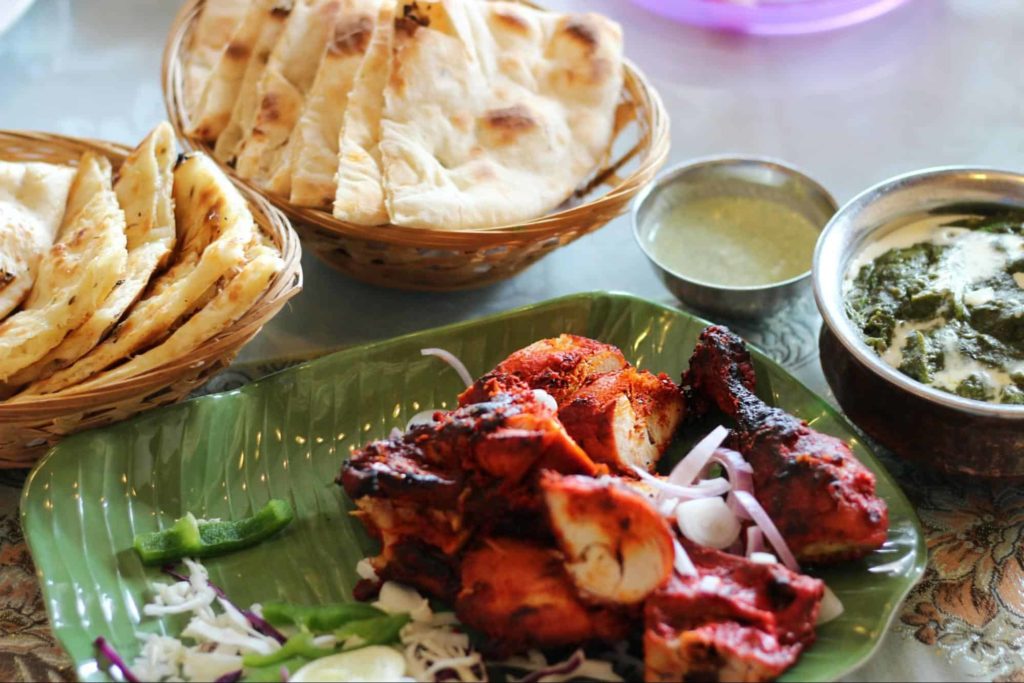
Our Final Thoughts
Because Malaysia is a diverse country with a rich history, its cuisine is influenced by various countries and ethnicities from around the world.
Even if Malaysians adapted food from other cuisines, they still add their own flavors to these dishes to make them unique and even a bit spicier.
Malaysian cuisine is a delectable treat for adventurous tourists because of the rich flavors they can taste. These dishes are abundant in spices and they’re famous for being spicy enough to numb someone’s tongue.
It’s a great concern for most tourists planning to go to Malaysia if their taste buds and stomachs can handle the spiciness of the local food.
Nevertheless, if you want to have a full taste of Malaysia, you should consider trying out the spicy food in Malaysia and discover why Malaysians love the heat from its flavors!
